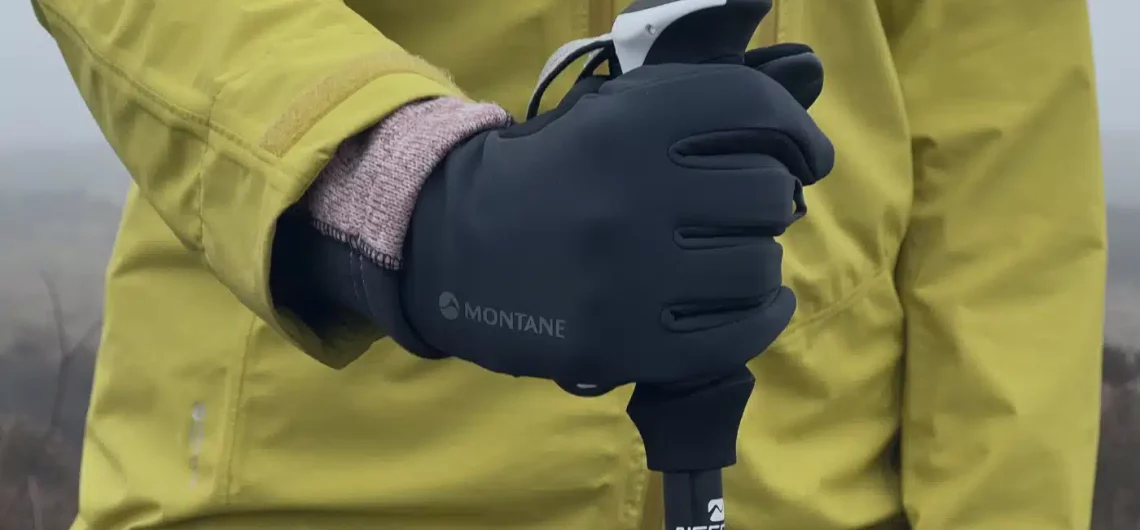Gloves and trekking poles go together like bread and butter as the use of gloves with hiking and trekking poles continues, with opinions varying among outdoor enthusiasts. Some prefer to keep their hands warm with trekking and hiking gloves and forgo the use of poles. In contrast, others choose to use gloves while utilizing trekking poles as protection against the sun’s harsh UV rays.
Hikers who opt for using hiking and trekking poles without gloves typically ease their grip to prevent abrasions and blisters on their hands. However, for those who prefer wearing gloves, a simple biking glove can offer protection from UV rays while maintaining the necessary grip while walking with poles.
Interestingly, some hiking and trekking poles, such as Nordic walking poles, come equipped with attached gloves to minimize the impact on your hands when traversing uphill or downhill. Therefore, it’s advisable to consider donning thin mechanical gloves, like biking gloves, when using hiking and trekking poles to shield your hands from the challenging outdoor environment.
How tight or Snug Should Hiking Gloves Be?
Just as your hiking clothing should fit snugly like a second skin, your hiking gloves should embrace your hands perfectly. They should be snug around your palm and fingers without being too tight or too narrow. Think of the fit of hiking gloves in the same way you consider the fit of your shoes. Shoes should encase your feet snugly, leaving a bit of room for your fingers to move comfortably. However, there should be minimal room to spare in areas where a snug fit is essential.
Moreover, the materials used in your hiking gloves should not cause discomfort, itching, or excessive warmth. When assessing the fit of hiking gloves, it’s crucial to try them on before making a purchase. If you must exert significant effort to squeeze your hand into the glove, it’s too tight. Conversely, if the glove slips off easily after wearing it, it’s too loose. Pay close attention to the dexterity offered by the gloves post-wearing. If you can perform tasks with ease and flexibility, the gloves are the right size. Conversely, if they hinder your tasks due to excess bulk, they may not be the right fit for you.
Are Gloves or Mittens Better for Trekking?
When embarking on a trek, especially in countryside areas, warmth and protection are paramount. The choice between gloves and mittens is often influenced by the trek’s weather conditions.
In warm climates, gloves with sufficient protective features might suffice. For instance, cycling gloves that shield your hands from the sun and abrasions can be suitable. However, when trekking in colder regions, the use of gloves and layering becomes crucial. Wearing softshell gloves as inner layers and protective gloves as outer layers ensures comprehensive warmth and protection in chilly environments.
Mittens, on the other hand, come in various forms, including waterproof mittens, lightweight yet warm feather mittens, and thin mittens with fleece linings. Mittens offer the advantage of keeping all fingers together, which enhances warmth. Thus, they are most effective with trekking poles, while other essential gear like ice axes renders mittens less useful.
For added flexibility, some trekkers opt to layer a thin glove underneath their mittens, allowing them to remove the mittens when necessary and use their equipment comfortably. The choice between gloves and mittens depends on various factors, such as climate, personal preference, and the specific needs of your trekking journey.
![]()


Comments